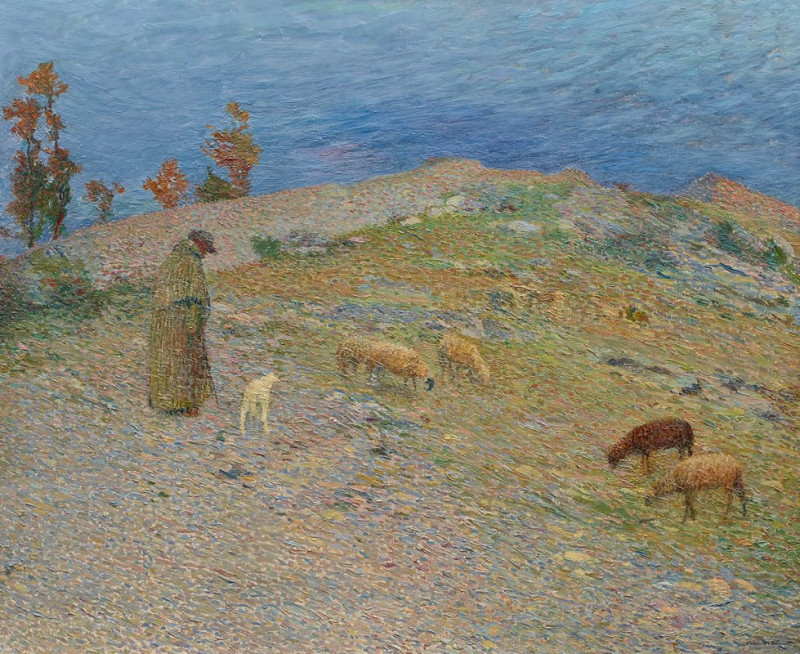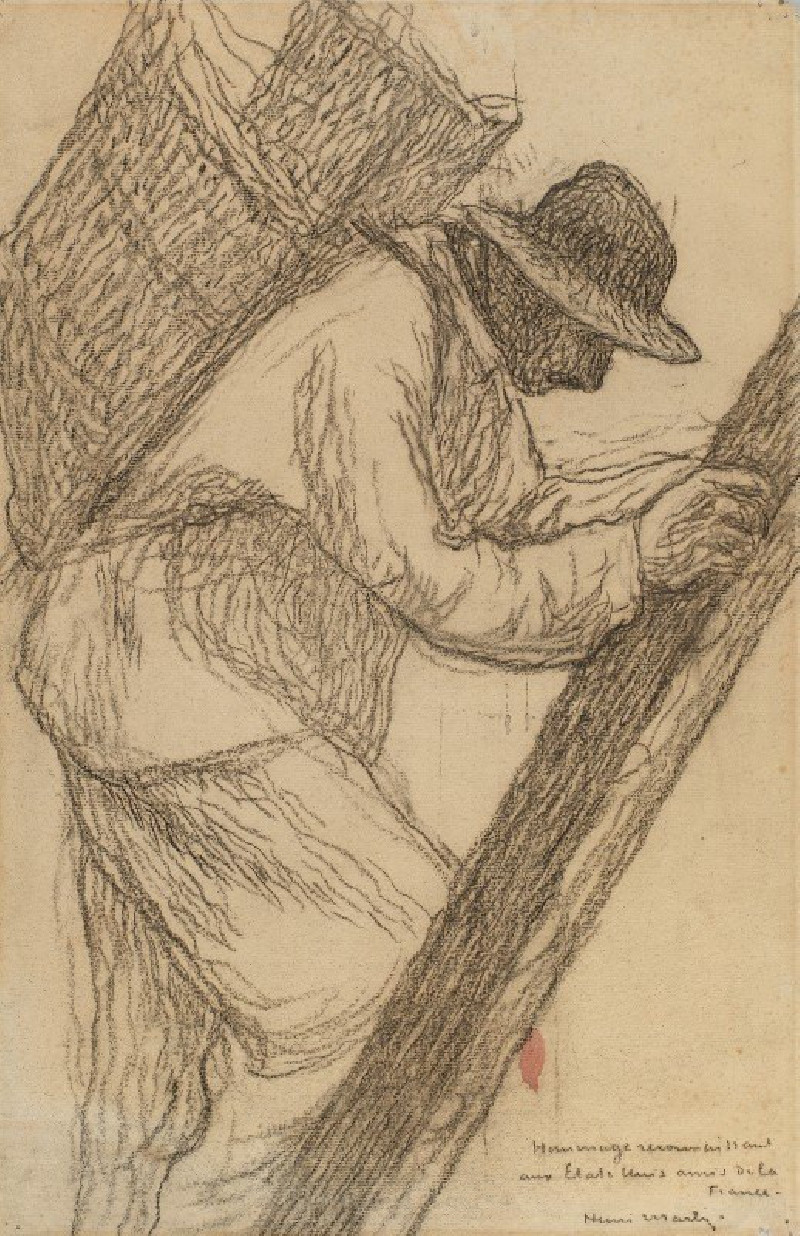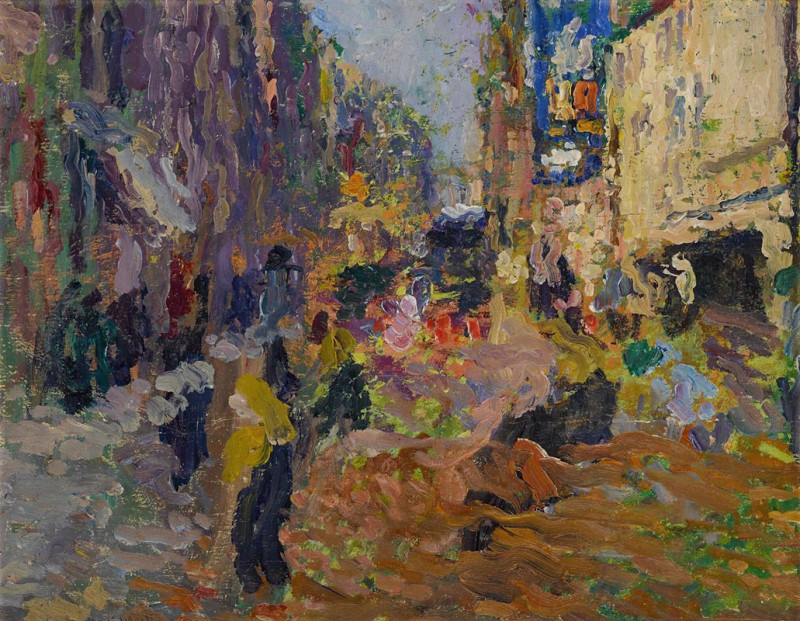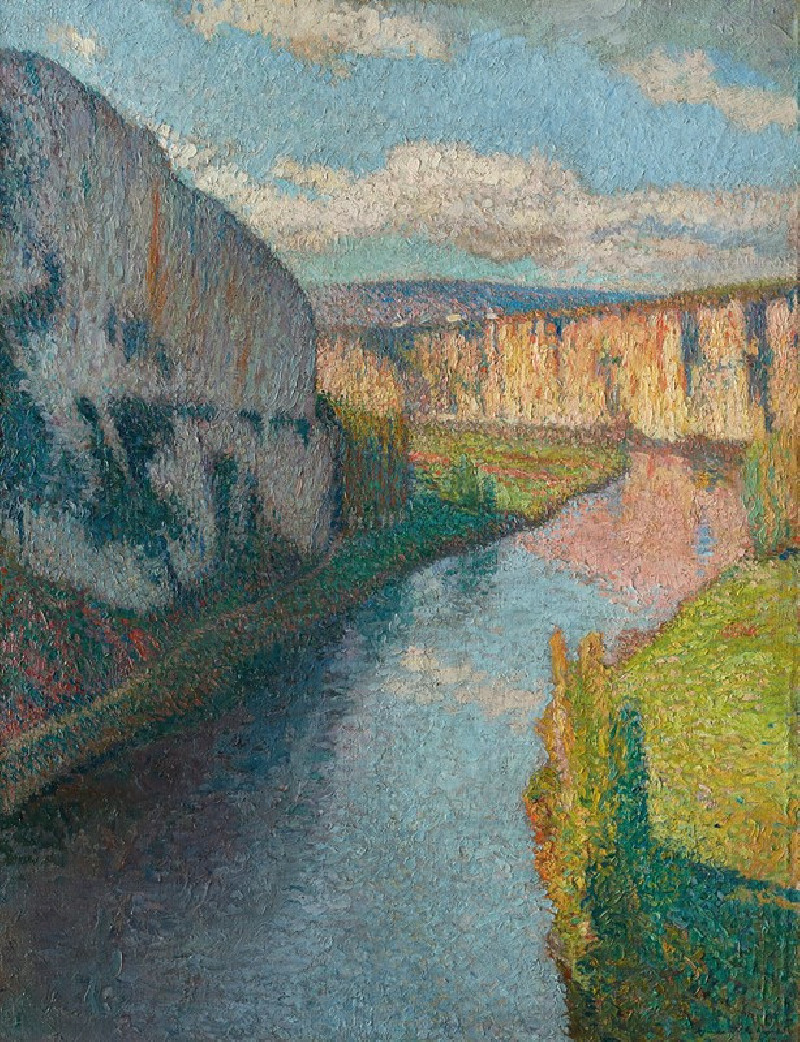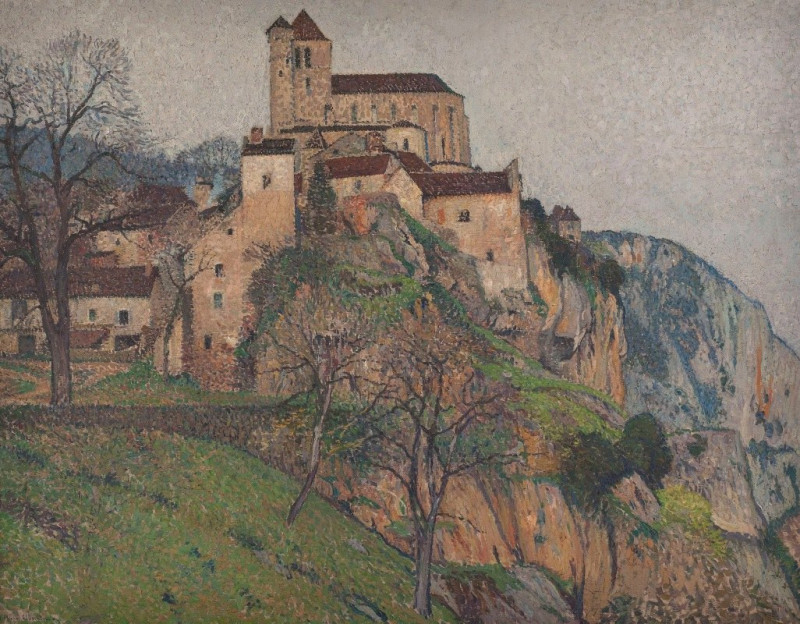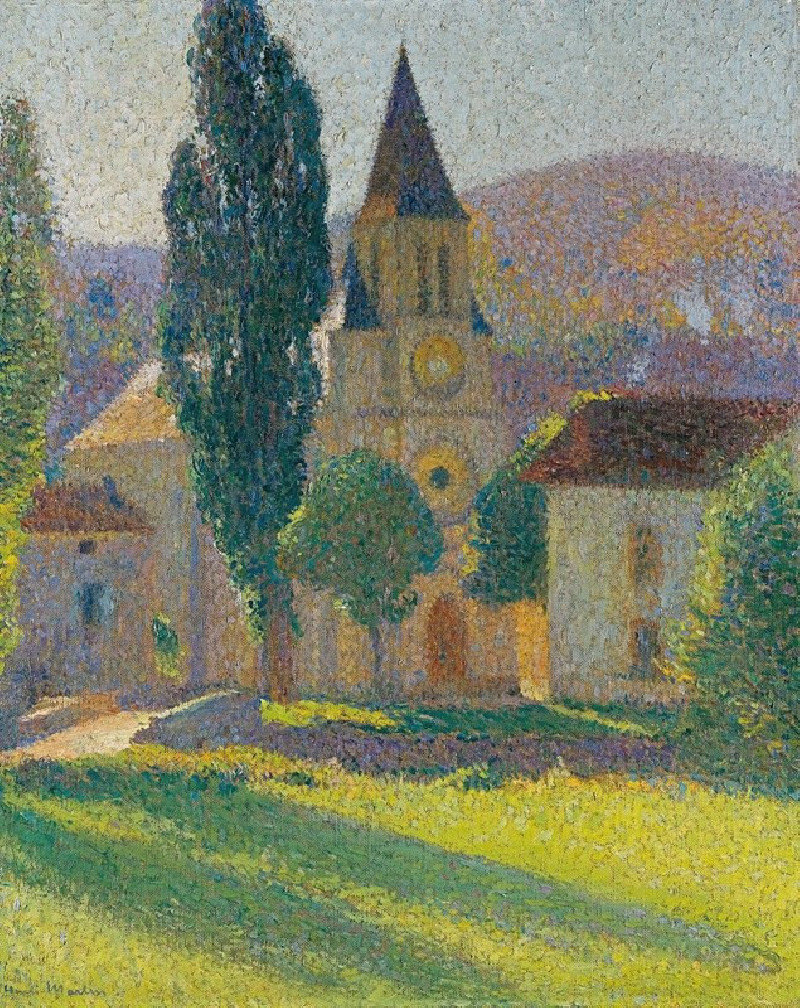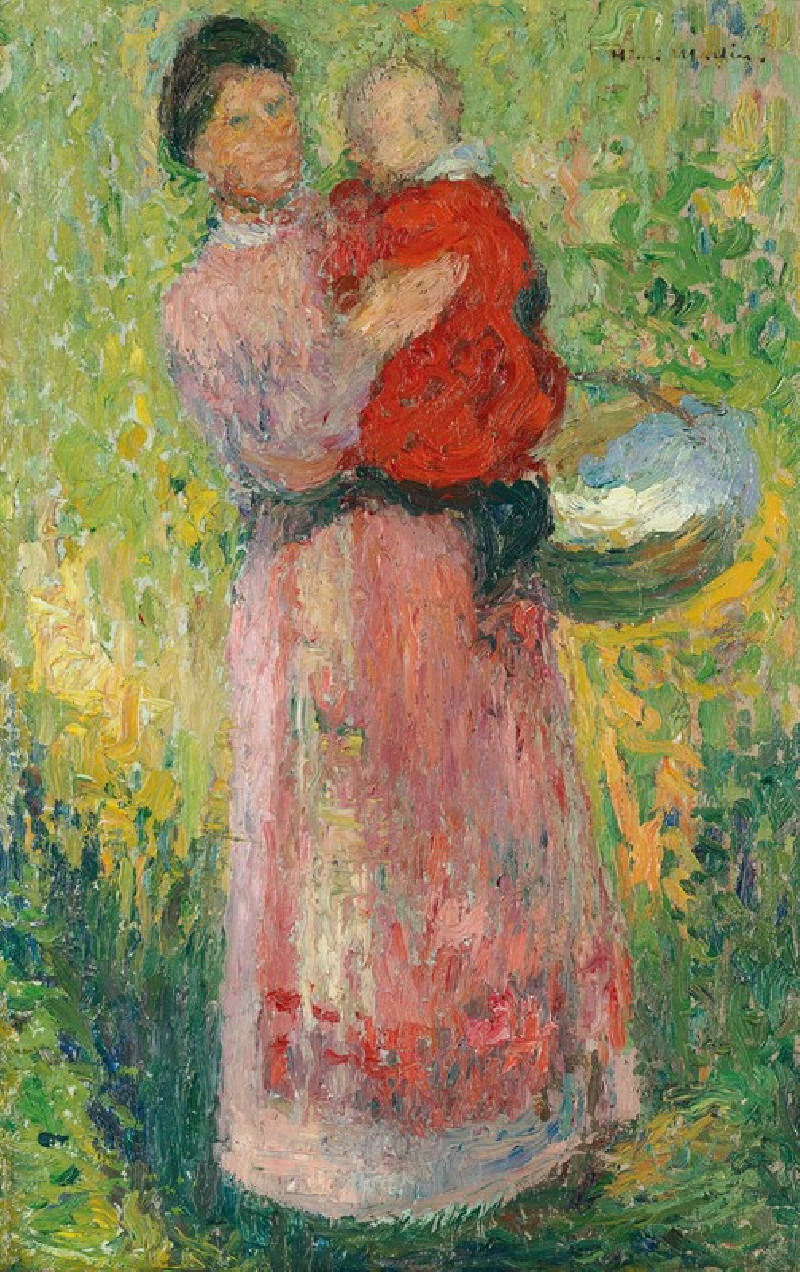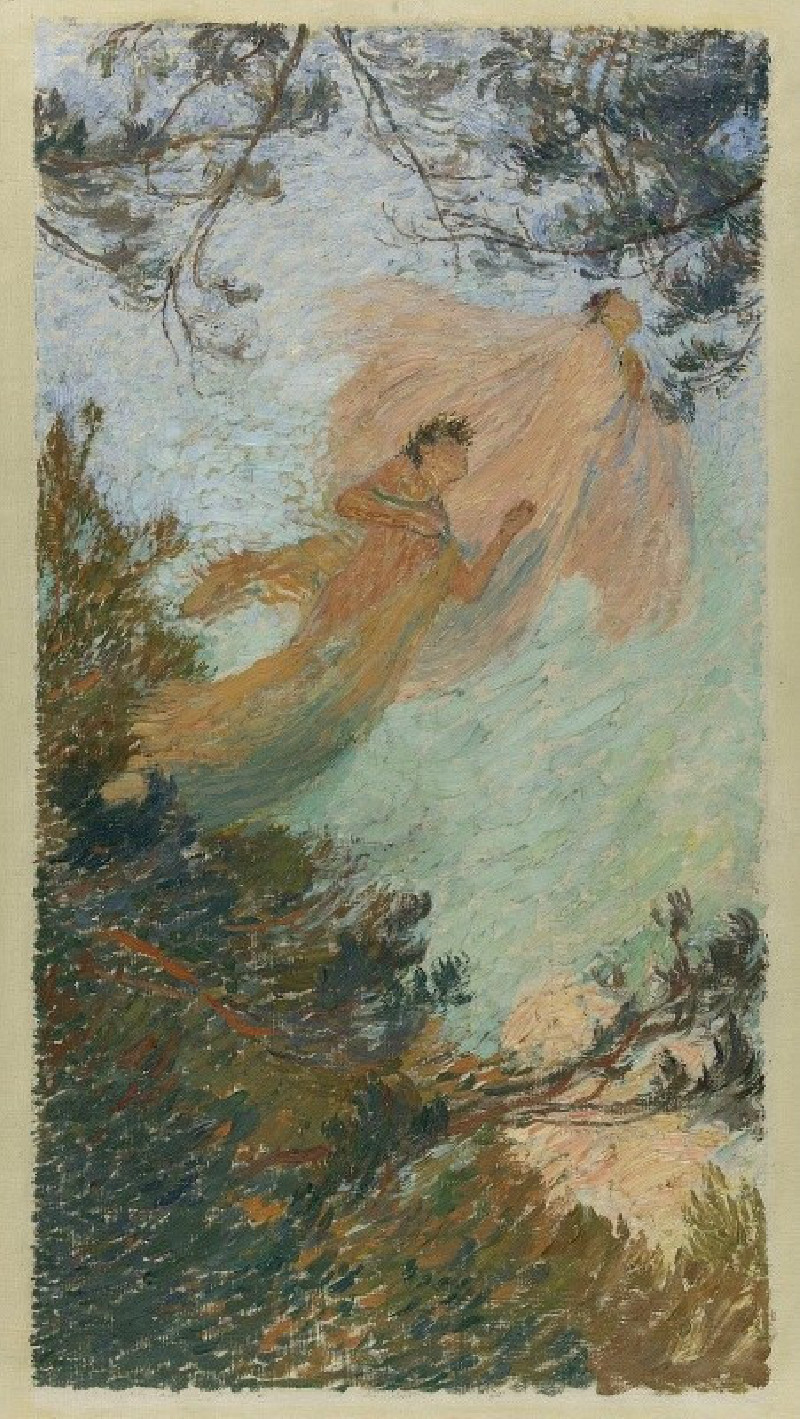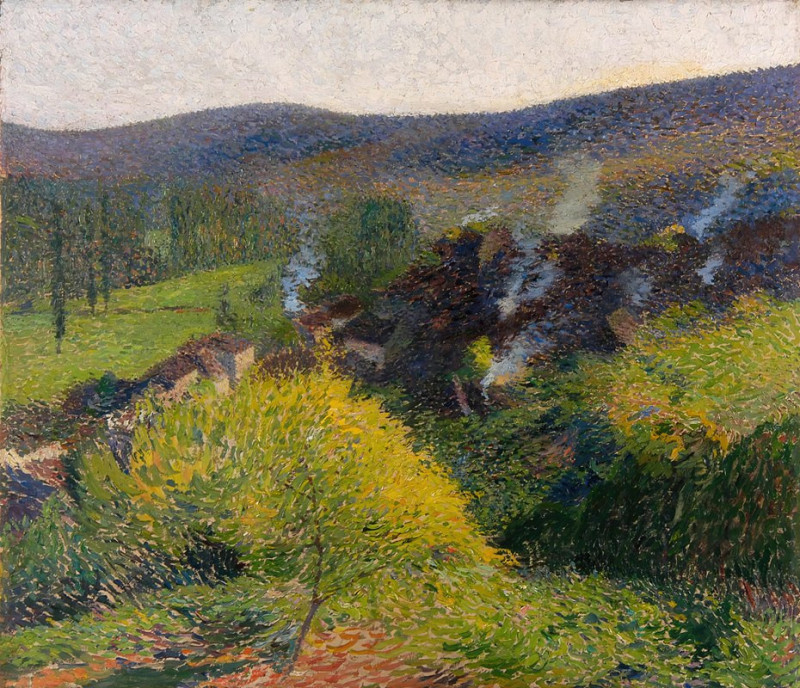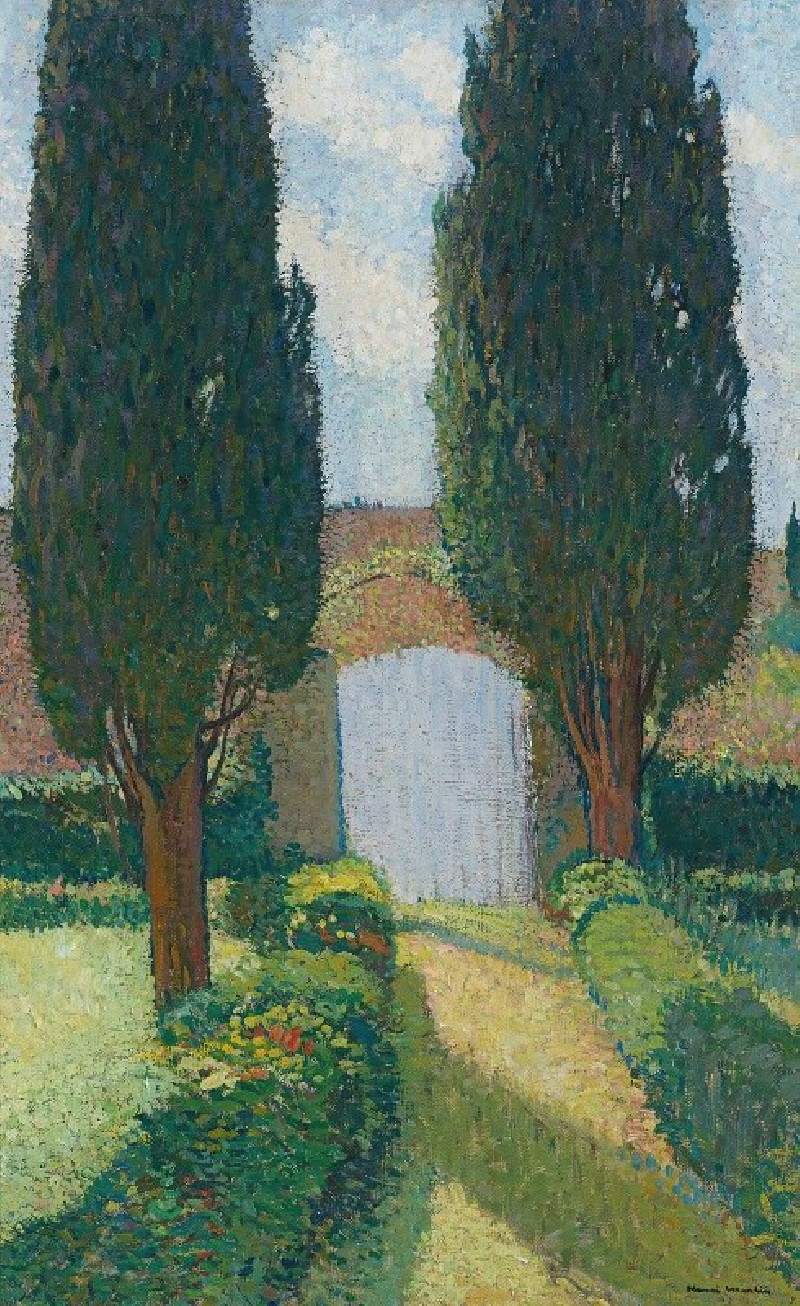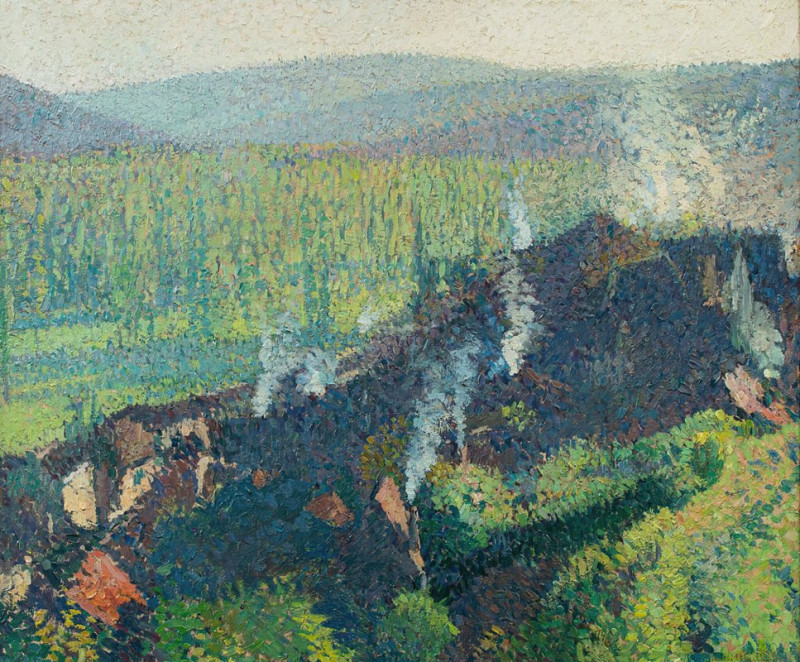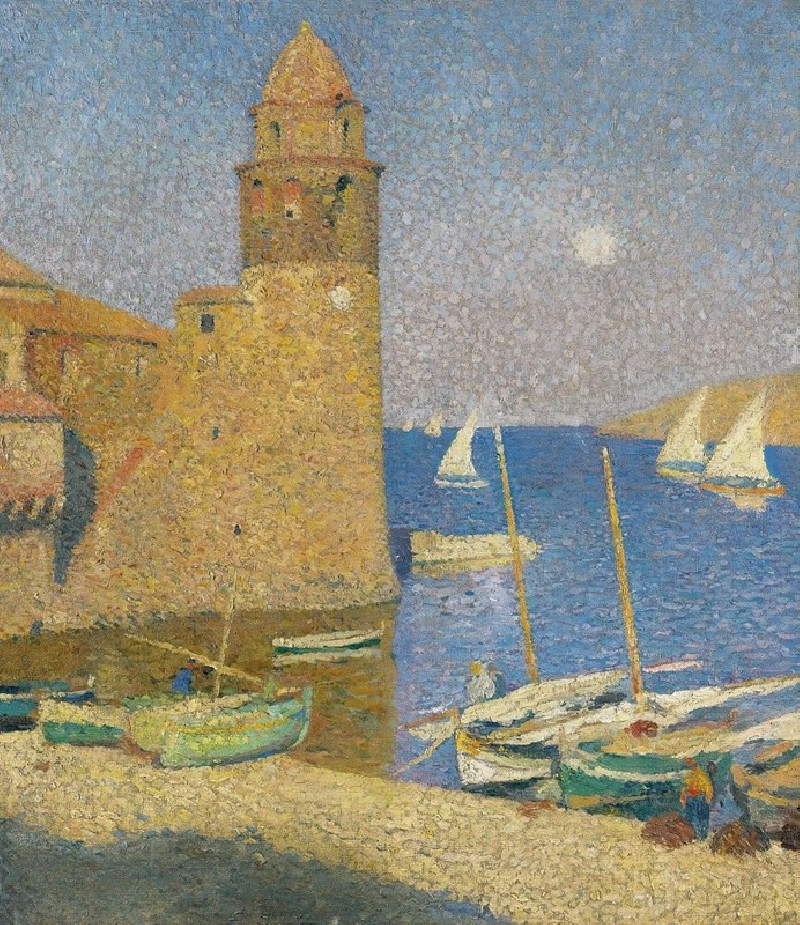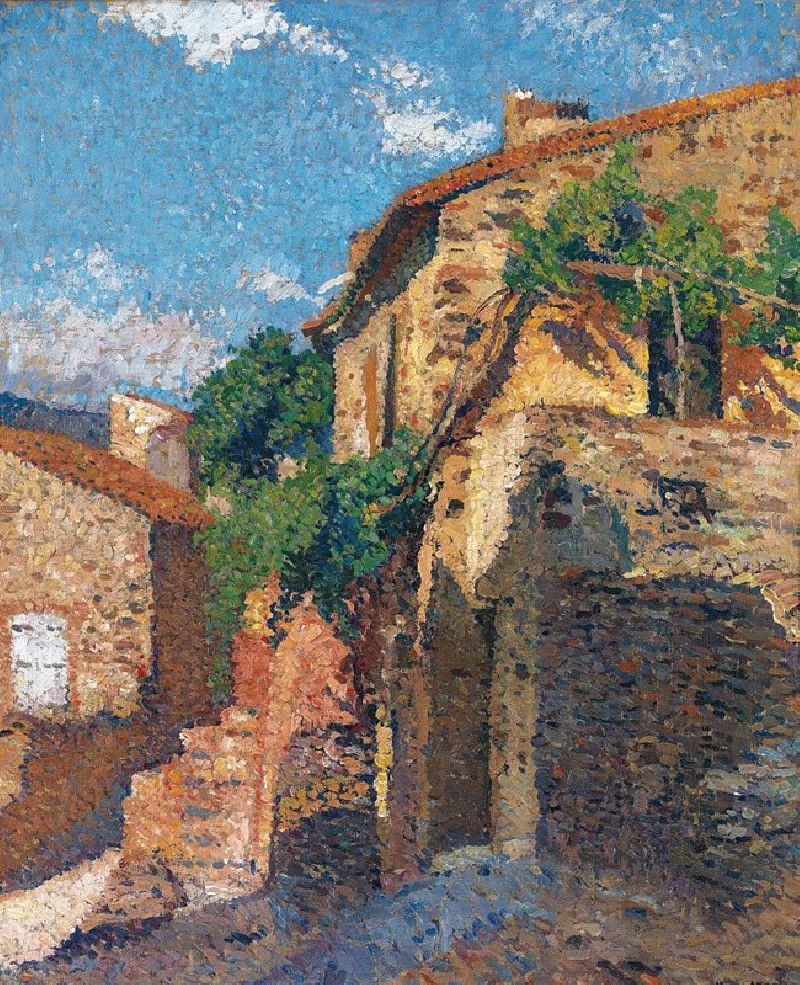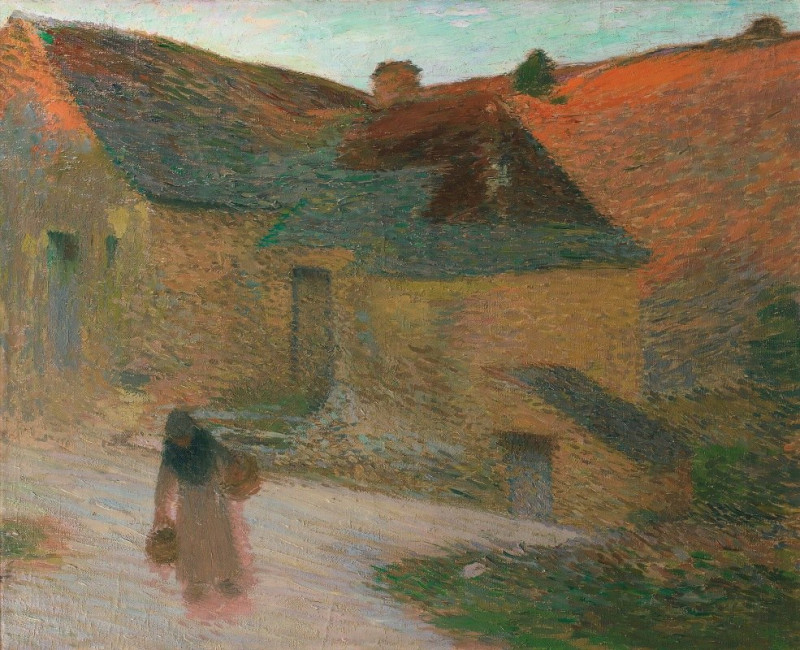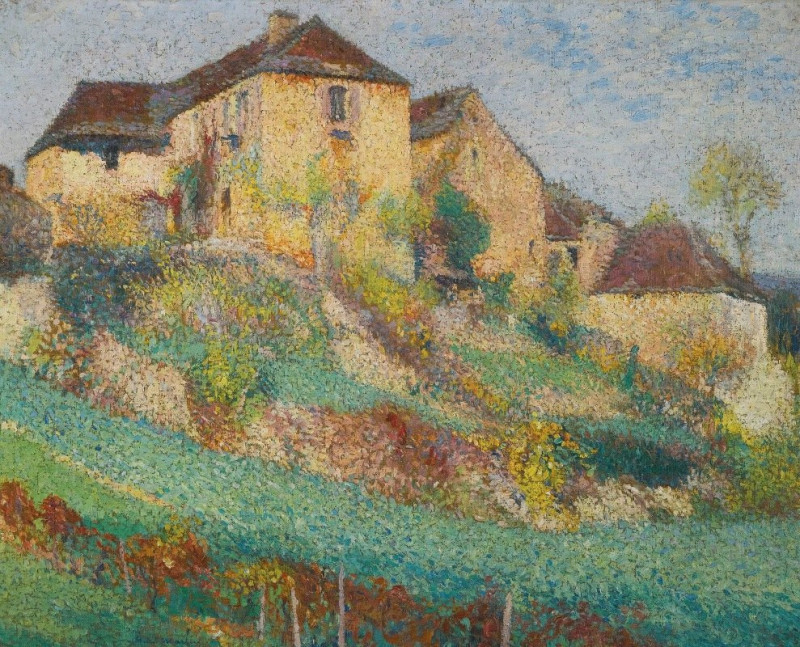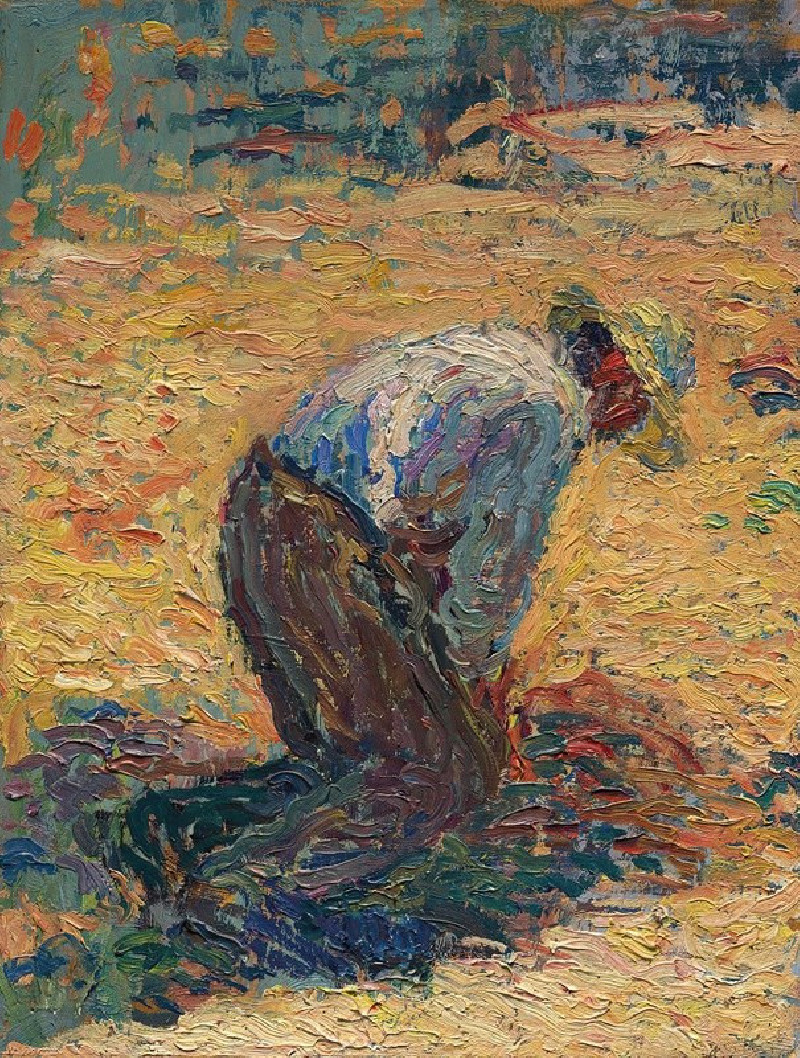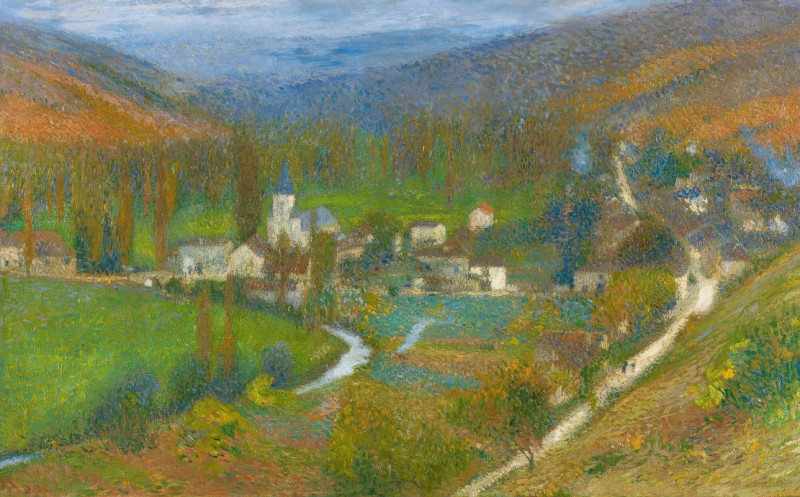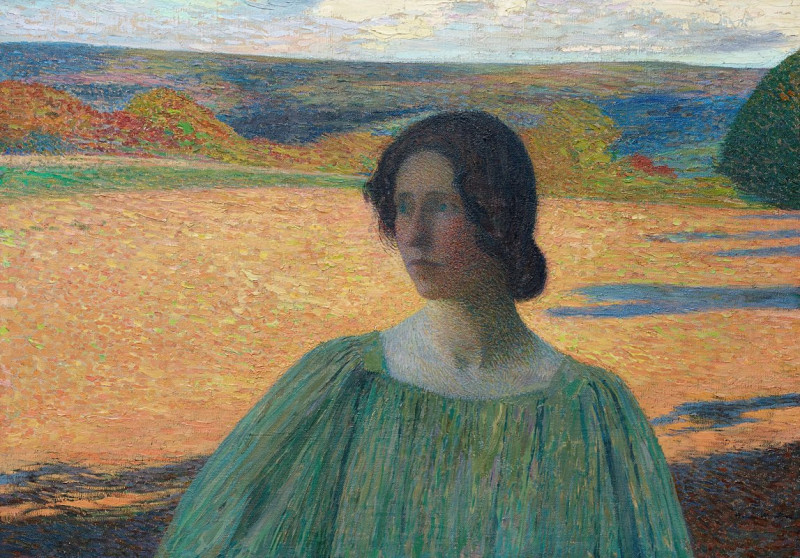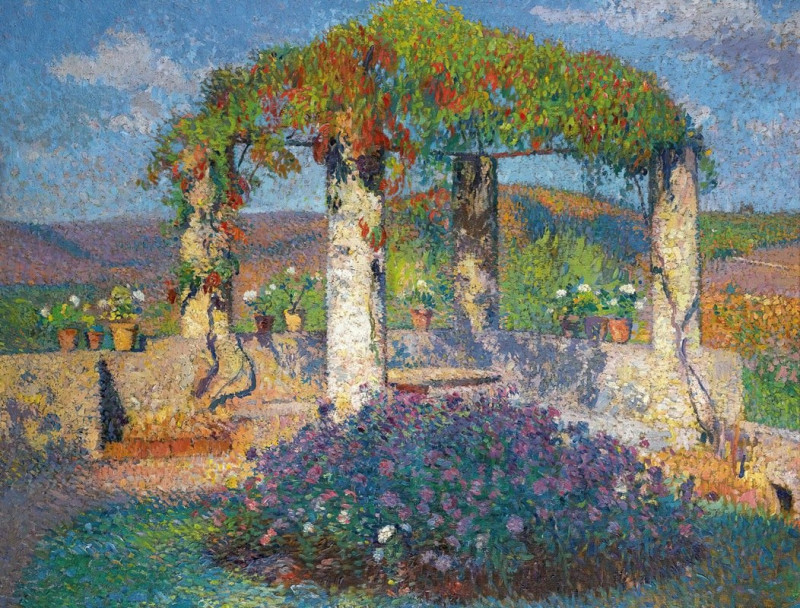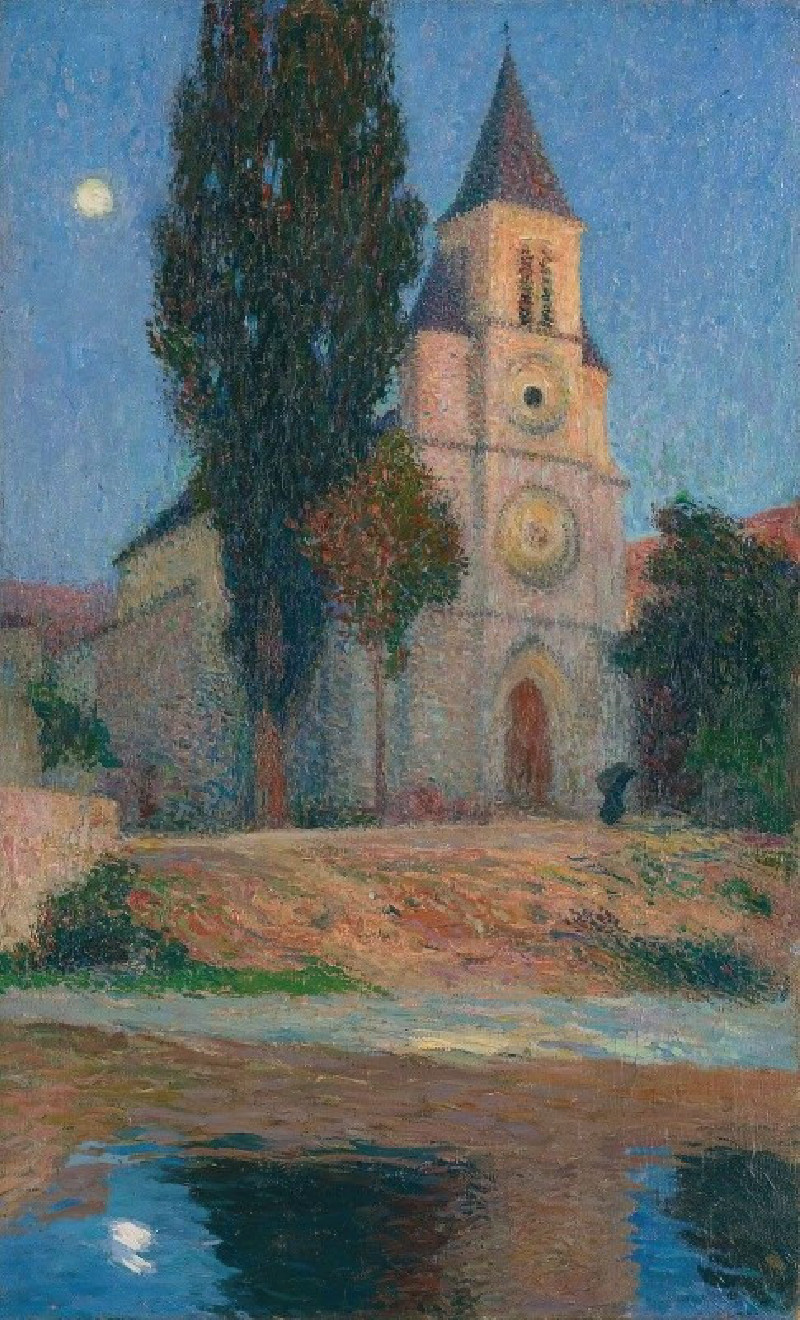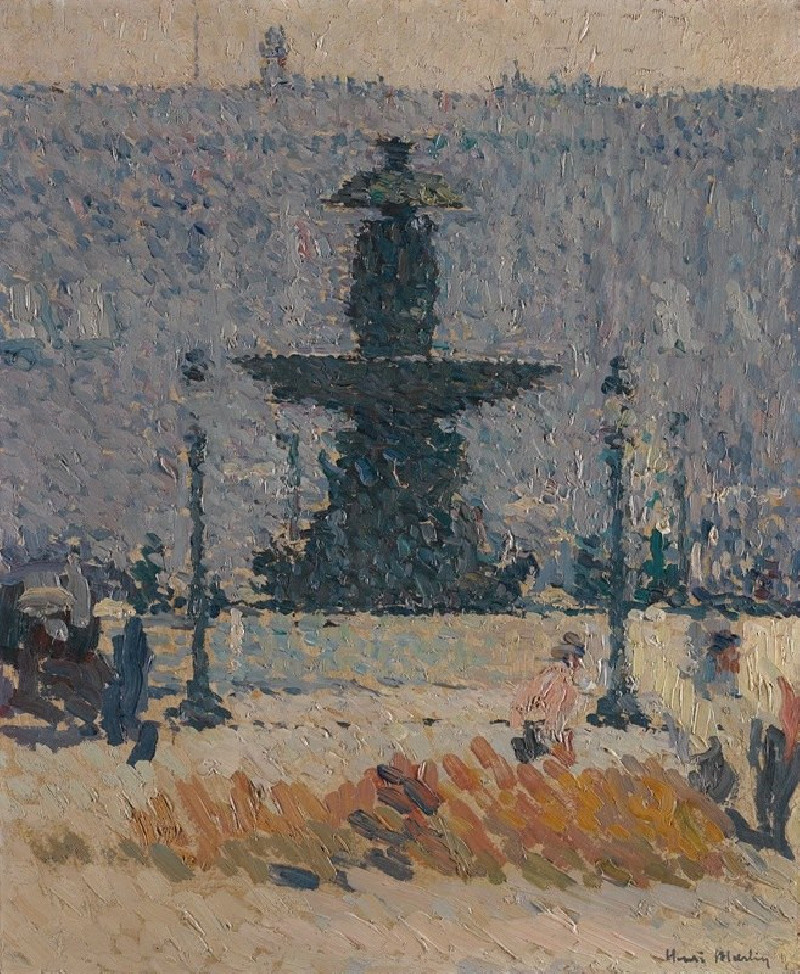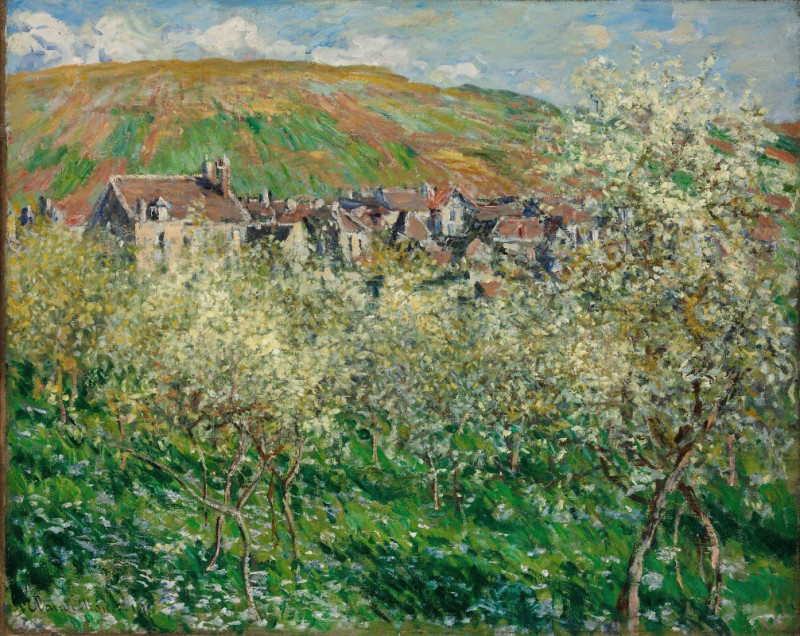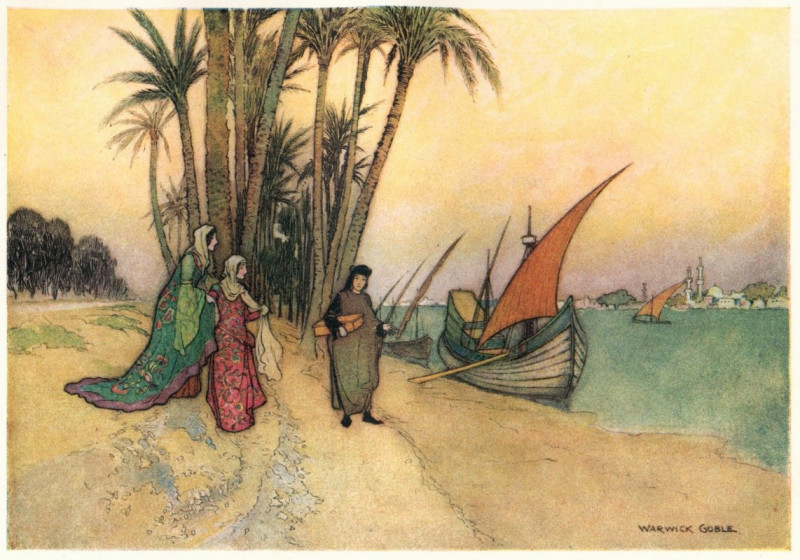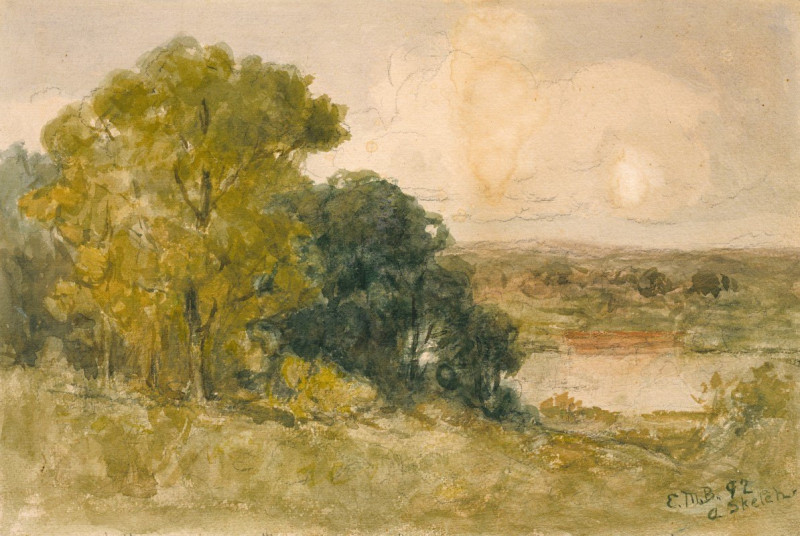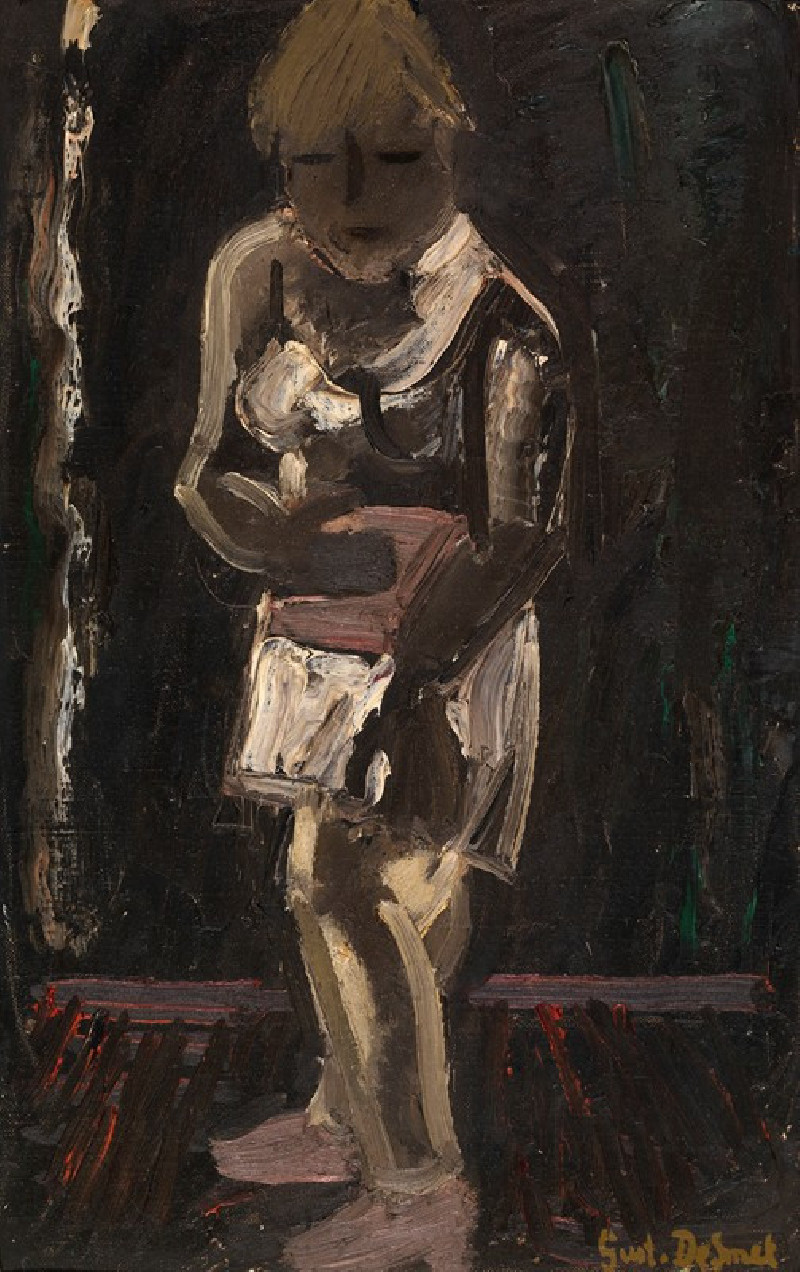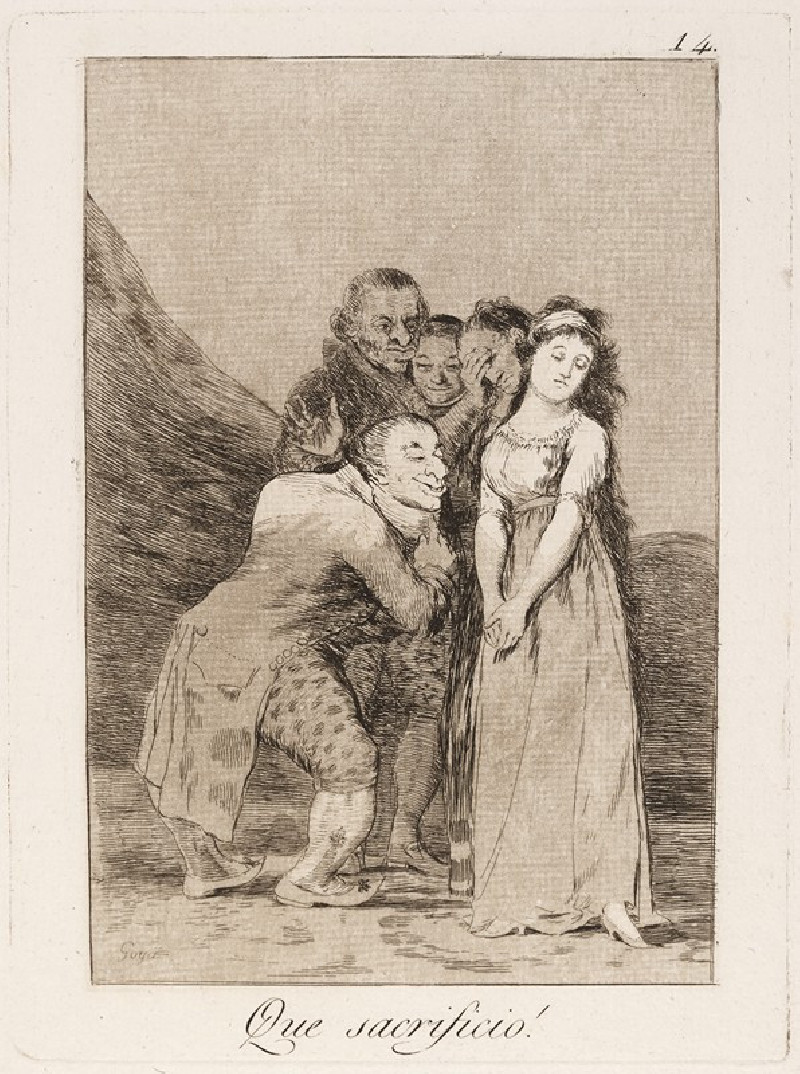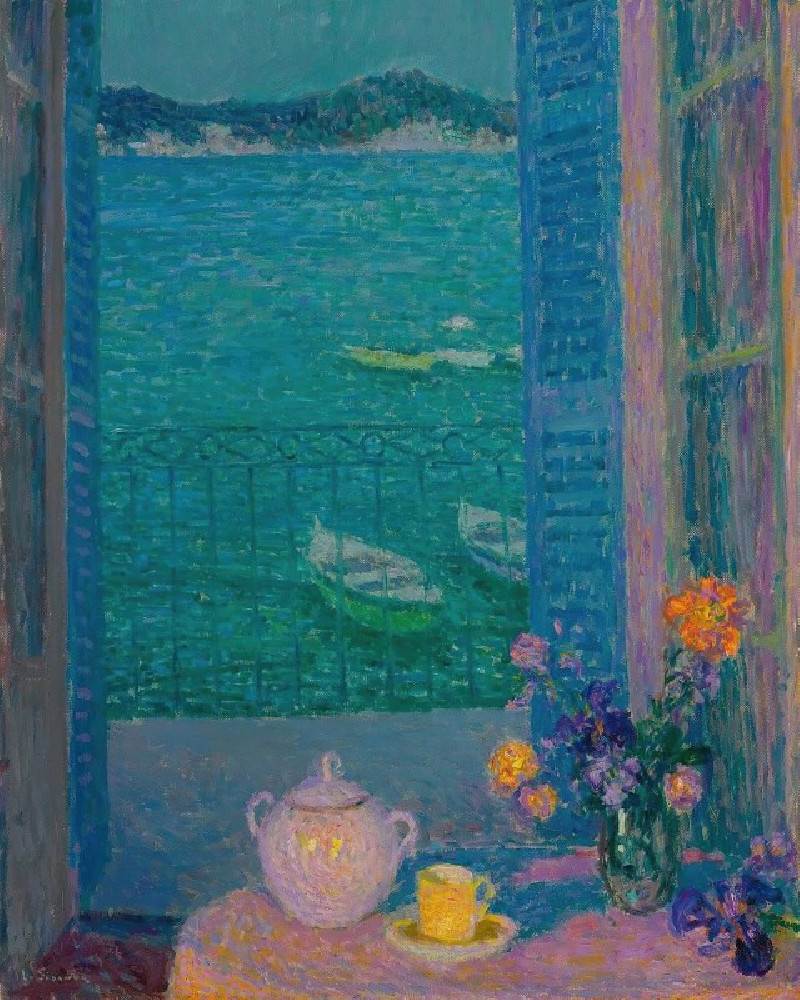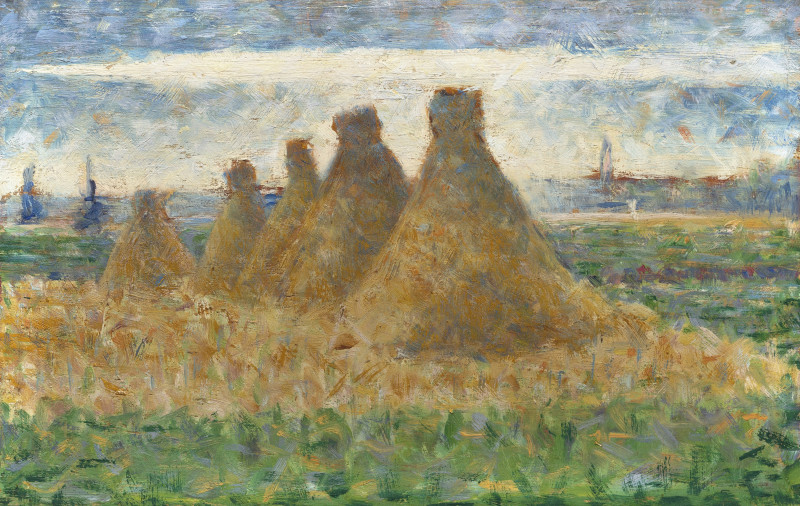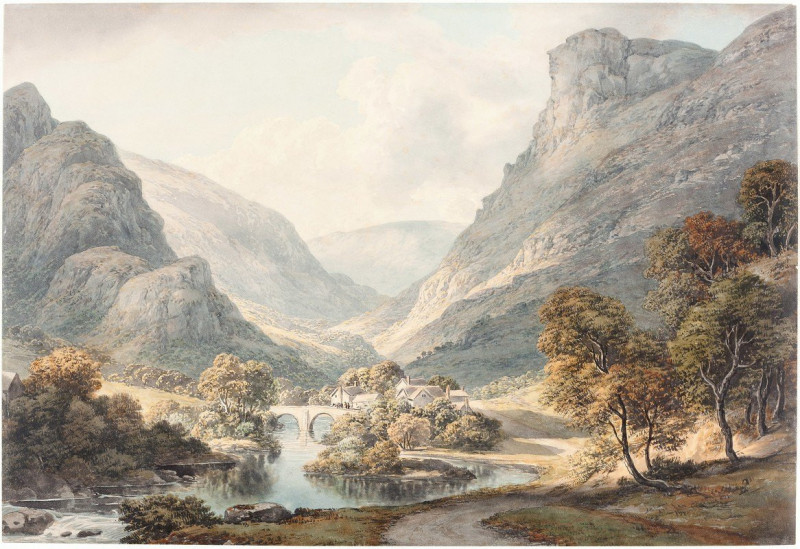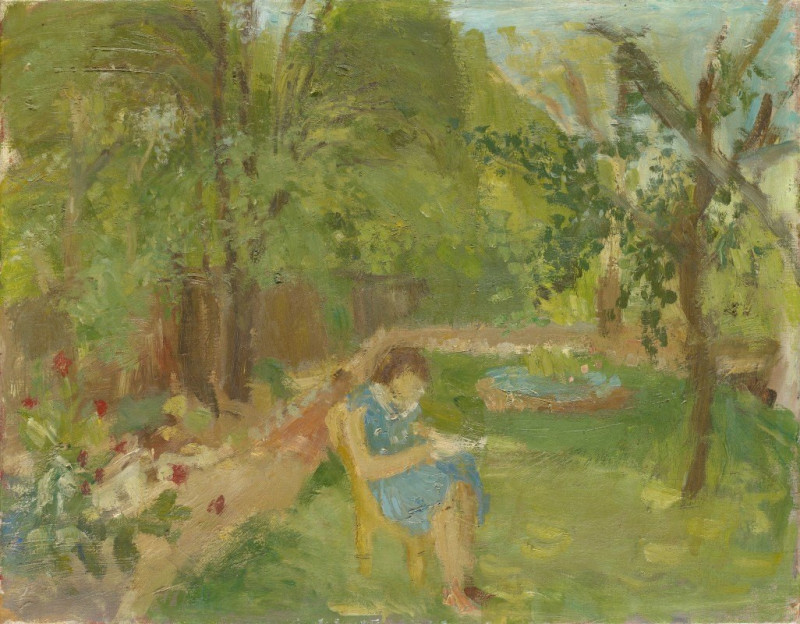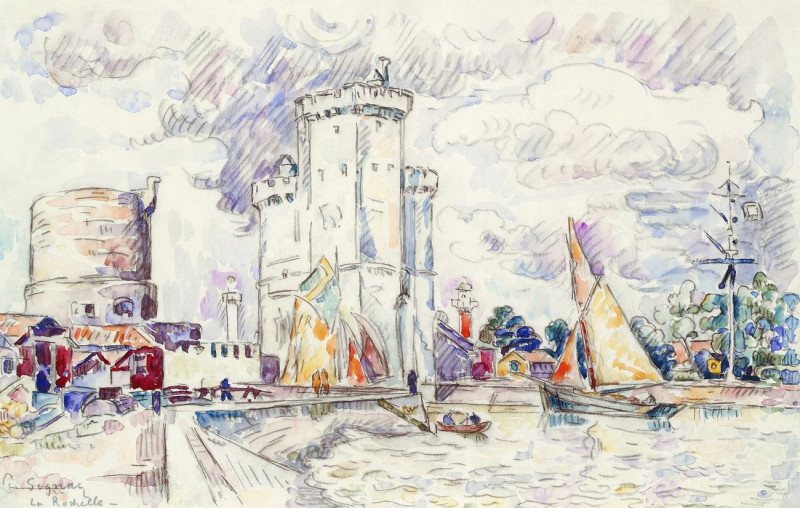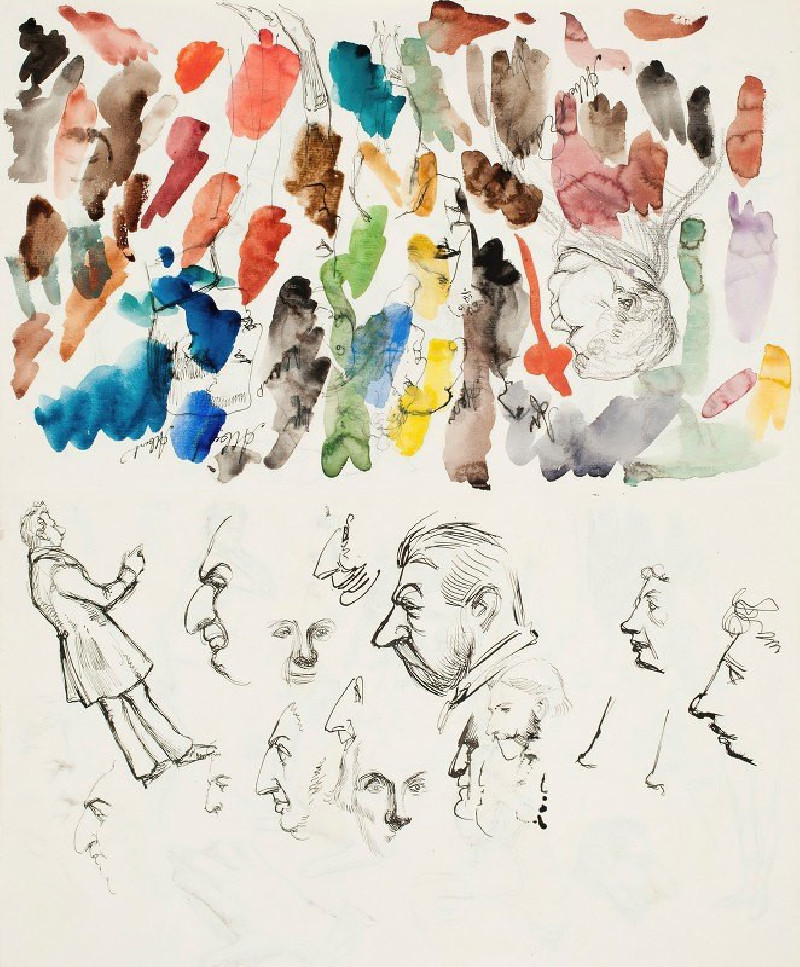Christ and the Woman of Samaria
Technique: Giclée quality print
Recommended by our customers
More about this artwork
In the enchanting painting titled "Christ and the Woman of Samaria" by Henri Martin, a gentle, serene scene unfolds, marked by the delicate interplay of light and color characteristic of Martin's post-Impressionist style. The scene depicts a biblical episode where Jesus, clad in a soft, illuminating white robe, converses with a woman of Samaria at the well. This narrative moment captures a profound interaction focused on themes of acceptance and spiritual revelation.The painting is set against a tranquil backdrop of a rustic village setting. A tree gracefully leans into the composition from the left side, its leaves dappled with sunlight, casting speckled shadows on the figures and the sandy ground. The textured strokes and a warm palette of pastels express the quietude of the early evening.Martin's use of color and texture brings a dreamlike quality to the canvas, highlighting the spiritual significance of the encounter. The woman, depicted in a simple pink dress with a terracotta jug, listens attentively to Christ. Her posture and expression convey a mix of reverence and intrigue as she engages in this divine interaction.This painting not only illustrates a biblical tale but also invokes a sense of peace and internal reflection, prompting viewers to consider the deeper spiritual themes portrayed.
Delivery
Returns
Henri-Jean Guillaume "Henri" Martin (5 August 1860 – 12 November 1943) was a French painter. Elected to the Académie des Beaux-Arts in 1917, he is known for his early 1920s work on the walls of the Salle de l'Assemblée générale, where the members of the Conseil d'État meet in the Palais-Royal in Paris. Other notable institutions that have featured his Post-Impressionist paintings in their halls through public procurement include the Élysée Palace, Sorbonne, Hôtel de Ville de Paris, Palais de Justice de Paris, as well as Capitole de Toulouse, although the Musée des Beaux-Arts de Bordeaux and Musée des Augustins also have sizeable public collections.


